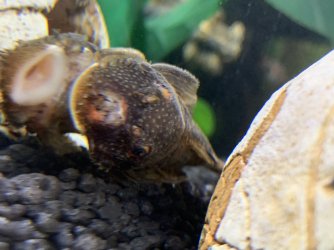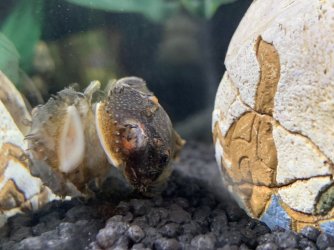Hello everyone
I’m new here with a fluvel flex 57l running about 7-8 months. I had a few fish deaths early on but the fish have generally been fine. Today I noticed that my bristlenose pleco has developed a whitish cloudy growth on it’s face.
Does anyone have any idea of what this is, the likely cause and how I might treat it? I have a liquid testing kit and the levels all seem fine to me and have been since the first month.
thank you

I’m new here with a fluvel flex 57l running about 7-8 months. I had a few fish deaths early on but the fish have generally been fine. Today I noticed that my bristlenose pleco has developed a whitish cloudy growth on it’s face.
Does anyone have any idea of what this is, the likely cause and how I might treat it? I have a liquid testing kit and the levels all seem fine to me and have been since the first month.
thank you





